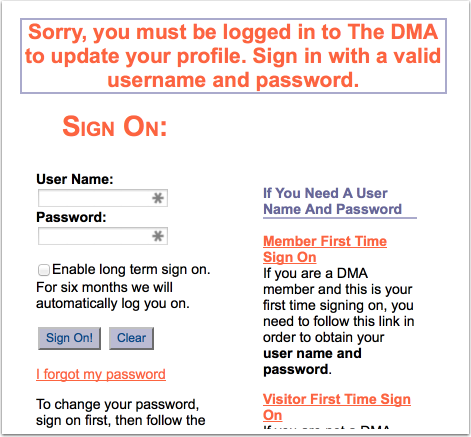July 2014: The month in email
We continue to be busy with really interesting client work. Look for some new posts and white papers to come out of this research over the next few months, but for now blogging has been a bit light while we’re working hard. In parallel with our busy times, we have also been pondering the ways in which the email world illustrates the classic bon mot “plus ça change, plus c’est la même chose”, and we’ve been revisiting some posts from a few years ago to examine this.
We started July with a nod to a good subscription experience just as CASL, the Canadian Anti-Spam Legislation went into effect on Canada Day. While companies have another 17 months to put these provisions into practice, it’s a good reminder that periodic re-engagement with customers can be very effective in helping you maintain high-quality subscriber lists. We talked a bit more about CASL here and what protections the law intends.
In stark contrast, we posted about an organization that is doing a less-than-stellar job making sure they’re only sending wanted email. The Direct Marketing Association is a terrific resource and member organization for marketers across industries and channels, but their email marketing practices don’t always live up to their mission of “Advancing and Protecting Responsible Data-Driven Marketing”, and we explored some ways in which they might improve this.
Those of you who have been reading this blog for any time at all know that we tend to talk about wanted mail and unwanted mail rather than the more general category of spam. Marketers tend to think their mail can’t possibly be spam if it’s not offering Viagra or phishing for credit card information, but that’s not really the point — if a customer doesn’t want to read your email about new mountain bikes, even if they bought a mountain bike from you three years ago, that’s unwanted email. Here’s a post we revisited about why customers might not want your mail, and a new post about engagement.
One risk of sending unwanted email, of course, is that customers complain, and that will affect your delivery going forward. We revisited a post about feedback loops, and also talked a bit about addressing delivery problems as they come up rather than waiting for them to resolve on their own (mostly, they won’t!)
I also proposed a bit of a thought experiment around monetizing the complaint stream, and followed up with a second post. There are some good points in the comments of those posts, but mostly I think it’s an interesting solution to addressing risk and abuse at ESPs.
Finally, Steve wrote a short post about our new mail servers and how quickly spammers descended as we set those up. It’s a constant battle!
